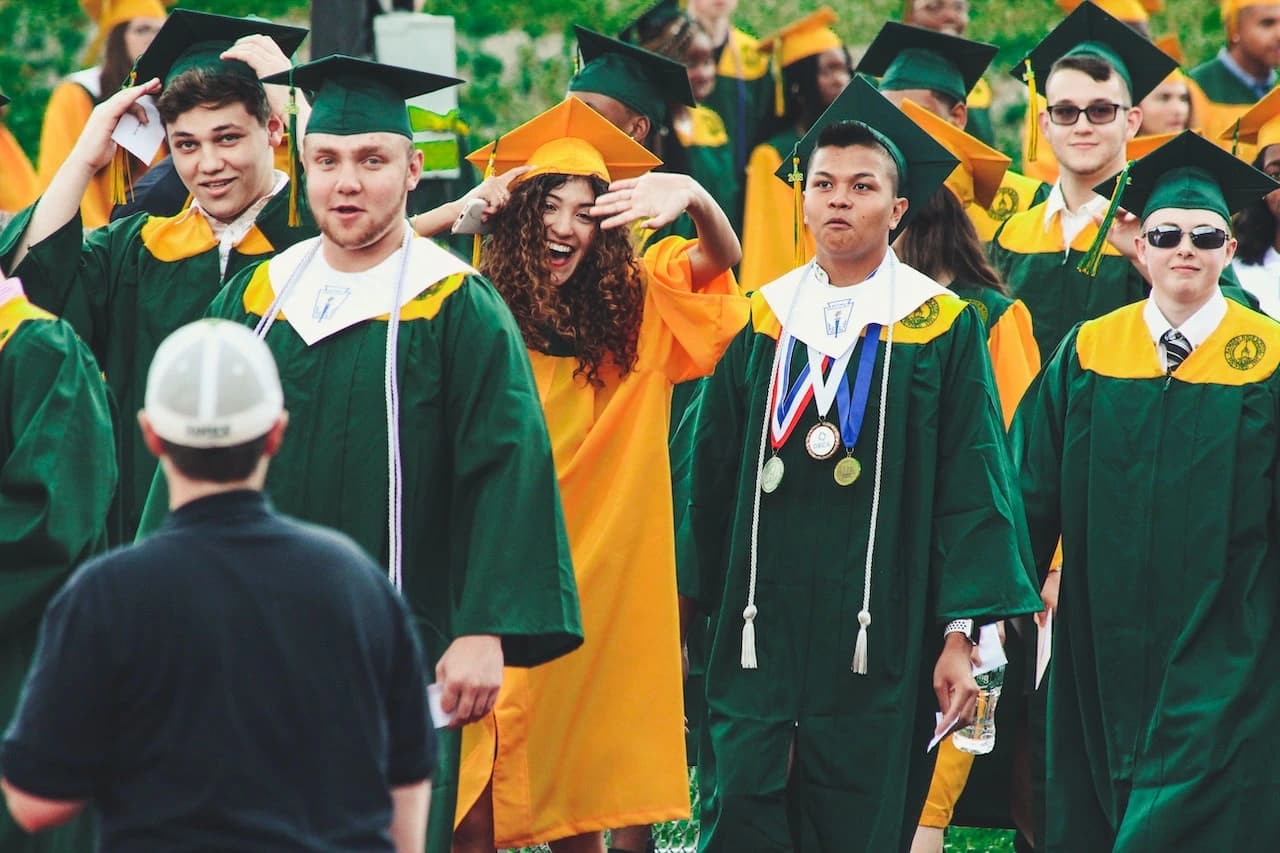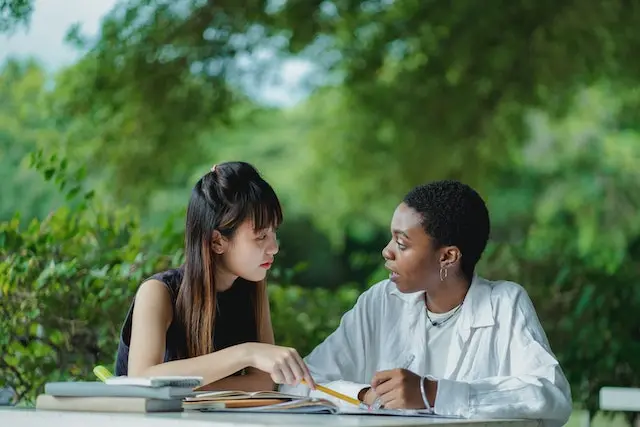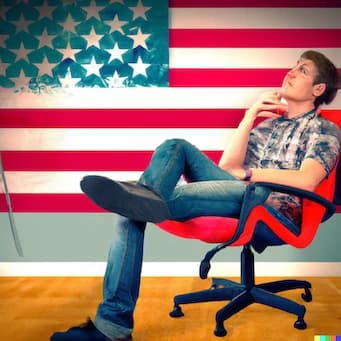The Best Guide: Applying for a US Student Visa from India

Key Highlights
- Research universities based on rankings, fees, and career outcomes.
- Apply to multiple programs and fulfill admission requirements.
- Obtain your I-20 by providing financial and academic documents.
- Pay the SEVIS fee and print the receipt for your visa interview.
- Schedule a visa appointment early to avoid delays.
- Prepare thoroughly for the interview with common questions and clear answers.
Getting the chance to study at a prestigious American university is an incredibly exciting opportunity for most Indian students. However, the US student visa application process can seem complex and intimidating. Understanding the step-by-step process, gathering the right documents, and thoroughly preparing for your visa interview are key to ensuring everything goes smoothly. Here is a comprehensive guide to successfully obtain your US student visa from India.
Step 1: Picking the Right US University
The first step is extensively researching universities in the US to find programs that offer your desired subject and degree type. Shortlist colleges you are interested in across various states, taking into account rankings, fees, scholarships, career outcomes and more. Apply to multiple universities after checking you fulfill admission requirements like English proficiency test scores, academic grades, essays and recommendation letters.
Once you receive acceptance letters, carefully compare your top choices before accepting an admission offer. Connect with current students and alumni to gain insights about academics, student life and employment prospects after graduating. This will help determine if the university and program are the right fit.
Step 2: Obtaining Your I-20 from the University
After selecting the US university you will attend, you need to get the I-20 form issued by their international student office. This certifies you are eligible for F-1 student immigration status and contains key details like the program start and end dates.
To get your I-20, you’ll need to provide financial and academic documents for the university’s review including:
- Bank statements demonstrating available funds to cover the university’s estimated annual costs
- Letters from financial sponsors if applicable
- Academic transcripts and certificates
- Copies of your passport and prior US visas if any
- Proof of English proficiency
It can take 4-8 weeks for universities to issue an I-20 after receiving all your paperwork. Follow up regularly with the international student office to ensure no delays.
Step 3: Paying the SEVIS Fee
You must pay a $350 SEVIS fee to the US Department of Homeland Security before your visa interview. This registers you in the Student Exchange Visitor Information System. The SEVIS fee payment can be done online via credit/debit card and takes 1-3 days to process. Print the electronic receipt to carry for your visa interview.
Step 4: Scheduling a Visa Appointment
Once you get your I-20, it’s time to schedule a visa appointment at your nearest US Embassy or Consulate in India. Appointments are booked through the US government’s visa appointment website and the timing depends on interview availability at your location. Some US consulates in India have 5-6 months wait times for appointments during peak season. After Covid-19, the wait times has increased significantly, therefore, we recommend you to plan early.
Provide accurate details in the DS-160 online non-immigrant visa application and print the confirmation page after completion. Print your appointment confirmation letter as well. Pay the visa application fee of $180 prior to your interview. Make copies of all documents to carry along with the originals safely.
Step 5: Preparing for Your Student Visa Interview
Thorough preparation is vital for your visa interview, as this is where the consular officer determines if you qualify for an F-1 student visa. Here are some tips:
- Practice answering common visa interview questions about your academic program, future career plans, and ties to India
- Review the documents you need to carry and ensure there are no errors
- Be ready to explain how tuition fees and living expenses will be covered
- Brush up your knowledge about the US university’s ranking, notable alumni, academic facilities etc.
- Dress professionally and avoid casual language during the interview
- Always provide truthful and clear answers – do not mislead the consular officer
- Listen carefully and keep responses focused on the question asked
- Maintain a confident and respectful attitude
Step 6: What to Expect on Visa Interview Day
On the day of your interview, arrive early at the embassy or consulate, go through the security checks and wait for your turn. When called, approach the consular window and hand over your application, passport, I-20, financial papers and other documents.
The officer will ask you questions about your academic program, future career goals, ties to India and other topics to determine if you meet the criteria for an F-1 visa. Answer honestly and clearly. Stay calm even if the officer seems intimidating or asks you unexpected questions.
Before ending the interview, ask the officer if they need any other information from you. If your visa is approved, they will keep your passport to stamp the visa and return it to you by courier within 2-7 days. If they issue an administrative processing notice, wait patiently as additional background checks are conducted by the embassy.
Step 7: Post Visa Interview Procedures
There are three general visa interview outcomes:
Approved – Your passport will be couriered back by the consulate with the F-1 visa stamped.
Refused – You will receive a refusal letter stating why the visa was rejected. You can reapply later.
Administrative Processing – Additional checks are conducted before the consular office approves/denies your visa.
If approved, carefully check your visa stamp once you get your passport back and contact the embassy immediately to correct any errors. You must enter the US within 6 months from when your visa was issued. Make copies of all your visa paperwork to take with you.
When you arrive at the US airport, follow immigration procedures properly and remember to always maintain your F-1 status during your stay in America. Enjoy the incredible opportunity to study in the US!
Top Tips for Streamlining the Process
The key to getting your US student visa smoothly from India is planning well in advance and being meticulously organized throughout the process. Here are some top tips:
- Research and apply to universities 8-12 months before your intended program start date
- Complete all university application requirements accurately and submit them promptly
- Stay in regular contact with the university’s international student office
- Book your visa appointment 1-2 months in advance to avoid delays
- Thoroughly prepare visa documents and practice interview questions
- Provide truthful and clear answers during your visa interview
- Promptly complete any additional requests for information
- Double check your visa after approval before leaving the embassy
Frequently Asked Questions (FAQs)
Q1: How early should I begin the US student visa application process?
A1: Start the process 6-12 months before your intended program start date to ensure enough time for university applications, visa appointment scheduling, and document preparation.
Q2: What if my visa is refused at the interview?
A2: If your visa is refused, you will receive a refusal letter stating the reason. You can reapply, but make sure to address the issues mentioned in the refusal letter.
Q3: Can I work while studying on an F-1 visa in the US?
A3: Yes, you can work on campus for up to 20 hours a week during the academic term, and full-time during breaks, provided you maintain your F-1 status.
Q4: How can I prove my financial capability during the visa process?
A4: You can provide bank statements, financial guarantee letters, or evidence of scholarships to demonstrate that you have enough funds to cover tuition and living expenses.
Q5: Can family members accompany me on an F-1 visa?
A5: Your spouse and unmarried children under the age of 21 can accompany you on an F-2 visa, but they are generally not allowed to work.
Q6: Can I travel back to India during my studies in the US?
A6: Yes, you can travel back to India during your studies. However, make sure to have the necessary documents like a valid visa and endorsed I-20 for re-entry into the US.
Q7: How can I prepare best for the visa interview?
A7: Prepare by practicing common visa interview questions, reviewing all your documents, understanding your US university details, and being honest and clear in your answers. Dress professionally and maintain a respectful demeanor during the interview.
Q8: As an international student in the US, is it possible to change universities? If so, what is the process?
A8: Yes, changing universities is possible for international students in the US. The process involves notifying your current school's international student office and obtaining a release from them. Then, you must apply and gain admission to the new university. Once accepted, the new school will provide you with a new I-20 form. You must also ensure that the transfer is completed in the Student and Exchange Visitor Information System (SEVIS).
Conclusion
The road to studying at a top-tier American university is thrilling yet intensive for Indian students. From researching schools, to acing your applications and securing your I-20, each step requires diligence. Schedule your visa interview promptly, submit accurate paperwork, and practice responses to be thoroughly prepared. Stay organized throughout the process and keep sight of your goals. While navigating the visa process can seem daunting initially, take it step-by-step. Take advantage of your university's resources for assistance. Avoid stress by planning in advance and meeting deadlines. With the right strategic approach, mindset and preparation, you will soon embark on a life-changing journey of studying in the US. Years from now, you will look back with pride at having fulfilled your American dream through hard work.
Have Questions About This Topic?
Join our community to get personalized advice and share experiences with others going through similar visa processes.




